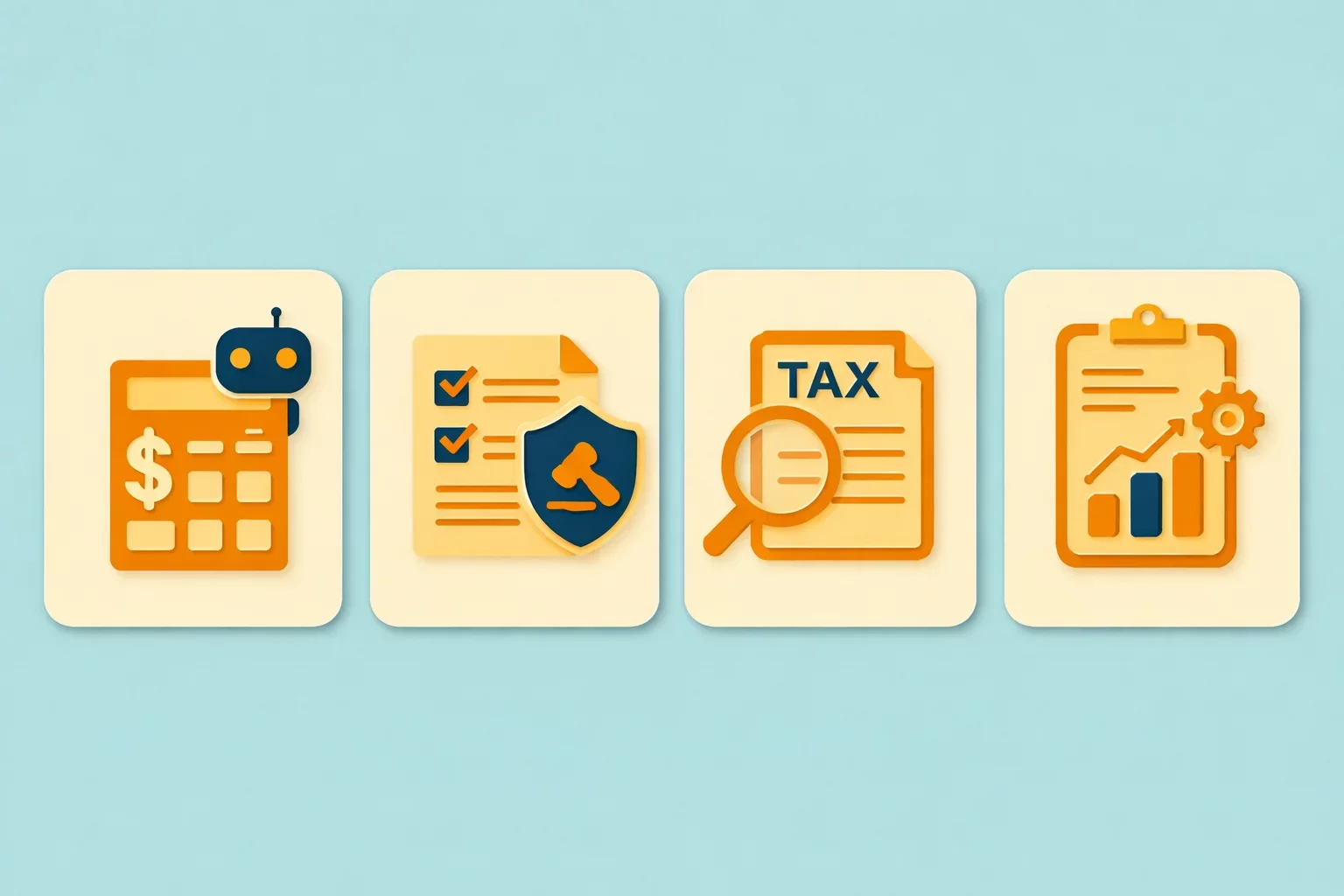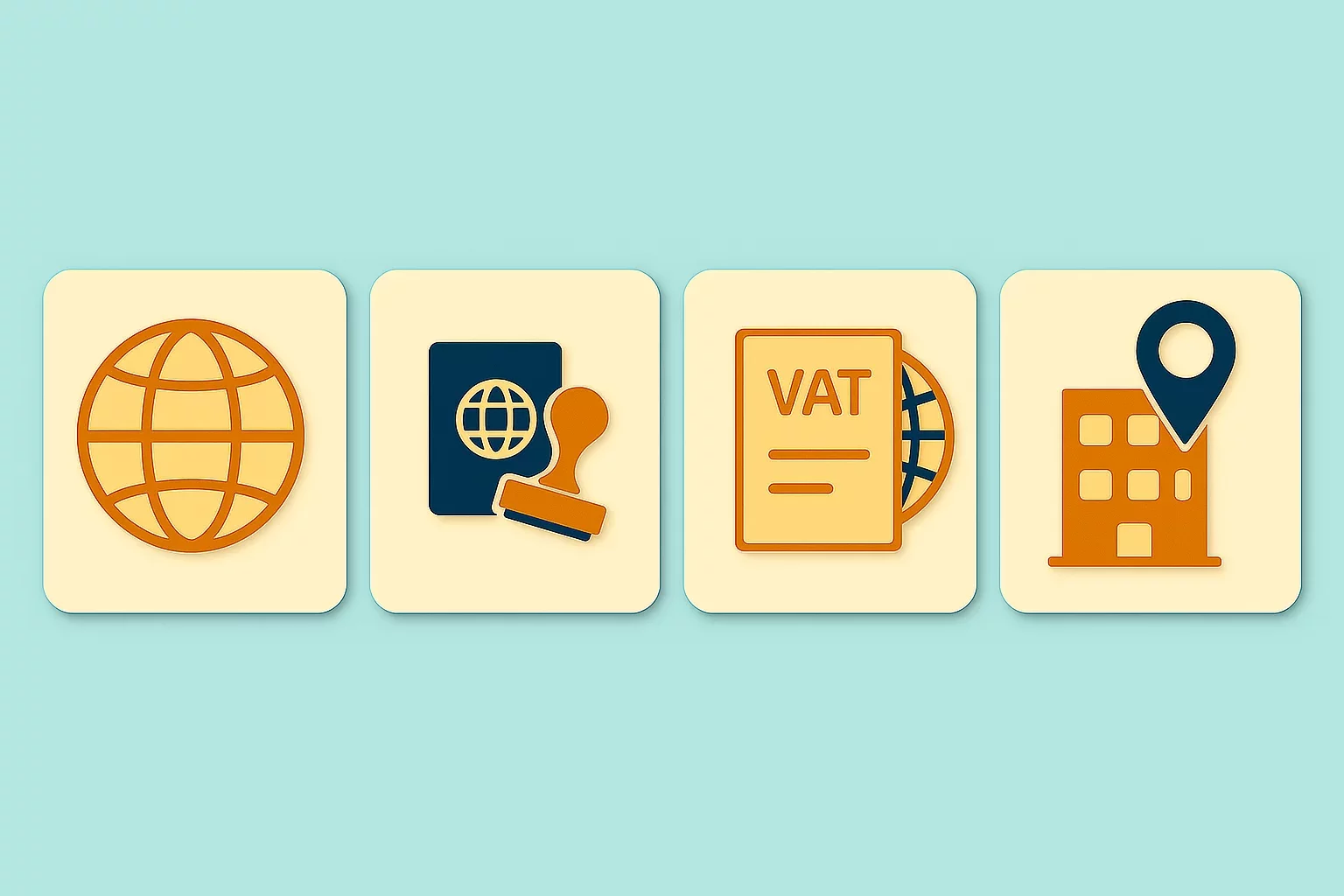Changing VAT Rates. How to Stay Compliant?

In recent months, many countries around the world have been adjusting their VAT rates. The changes resulting from government efforts to fight inflation, soaring energy prices, and other economic threats have been beneficial for some businesses and confusing for others.
The observed VAT changes can be temporary or with no expiry date, targeted at specific economic groups (businesses vs. individuals, disadvantaged vs. economically stable, and so on), related to specific items, etc.
Below, we explain several important aspects of VAT compliance during a period of changing VAT rates.
The importance of the supply period
Always following the changes in VAT rates is essential for businesses. Firstly, to correctly collect VAT, the right VAT percentage should be charged at the point of sale. If a company fails to adjust the charged VAT rate and show it on its receipts, this might result in faulty VAT returns and penalties. It is important to keep in mind the time of taxation as the invoice date can determine what VAT rate should be applied in case changes happen in the regulation, especially in cases of advance payments or deferred and delayed invoices.
In some instances, both old and new VAT percentages can be included within the same invoice. If you are a buyer, the supply period becomes essential in recovering the correct VAT amount. Therefore, knowing both the correct VAT rate and the precise timing of the supply is crucial.
Reporting
Once the VAT rate on the goods or services sold changes, there are often several forms that need to be amended in order to stay compliant. Firstly, the VAT rate change should appear on the invoices. Following the changes in collected VAT, several reporting forms might also have to be amended. Normally, local tax authorities are obliged to update companies on how and what forms to amend.
Similarly, changes happen in the ERP systems. In some cases, companies might be required to receive new VAT codes.
Information about products
It is no surprise that VAT changes usually impact the price of goods and services unless the business decides to keep the original price to either increase the margin when VAT is reduced or cover the costs when VAT is increased. Therefore, once a VAT change occurs, companies must update their websites to provide the correct information about VAT collected during the purchase.
Processes
To ensure smooth operations even in times of rapid taxation changes, it is best to have clearly defined processes for updating the information, reporting, and making other business decisions. If you’re working internationally, you’re subject to more frequent changes in the VAT schemes, and the significance of such processes is even more considerable.

Featured Insights

The African Tax Response to Fintech and Web3
🕝 January 5, 2026More News from World
Get real-time updates and developments from around the world, keeping you informed and prepared.
-e9lcpxl5nq.webp)





























-7xdqdopxl6.webp)



-a9bz8kz2cs.webp)






























